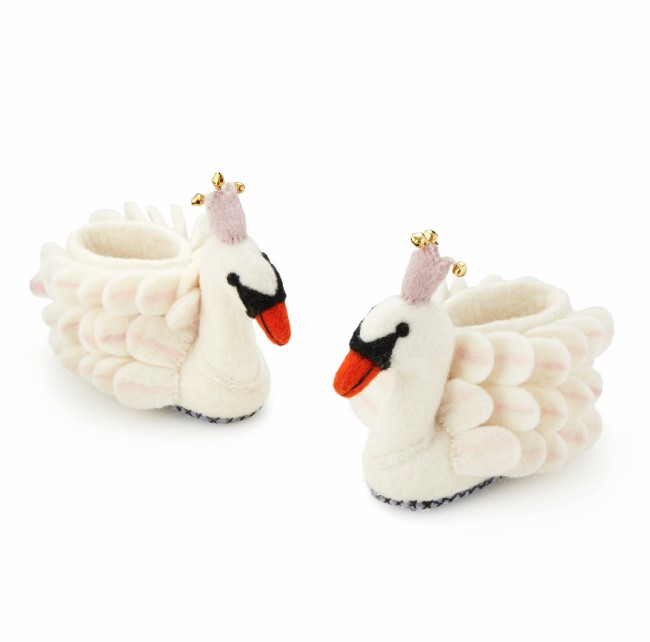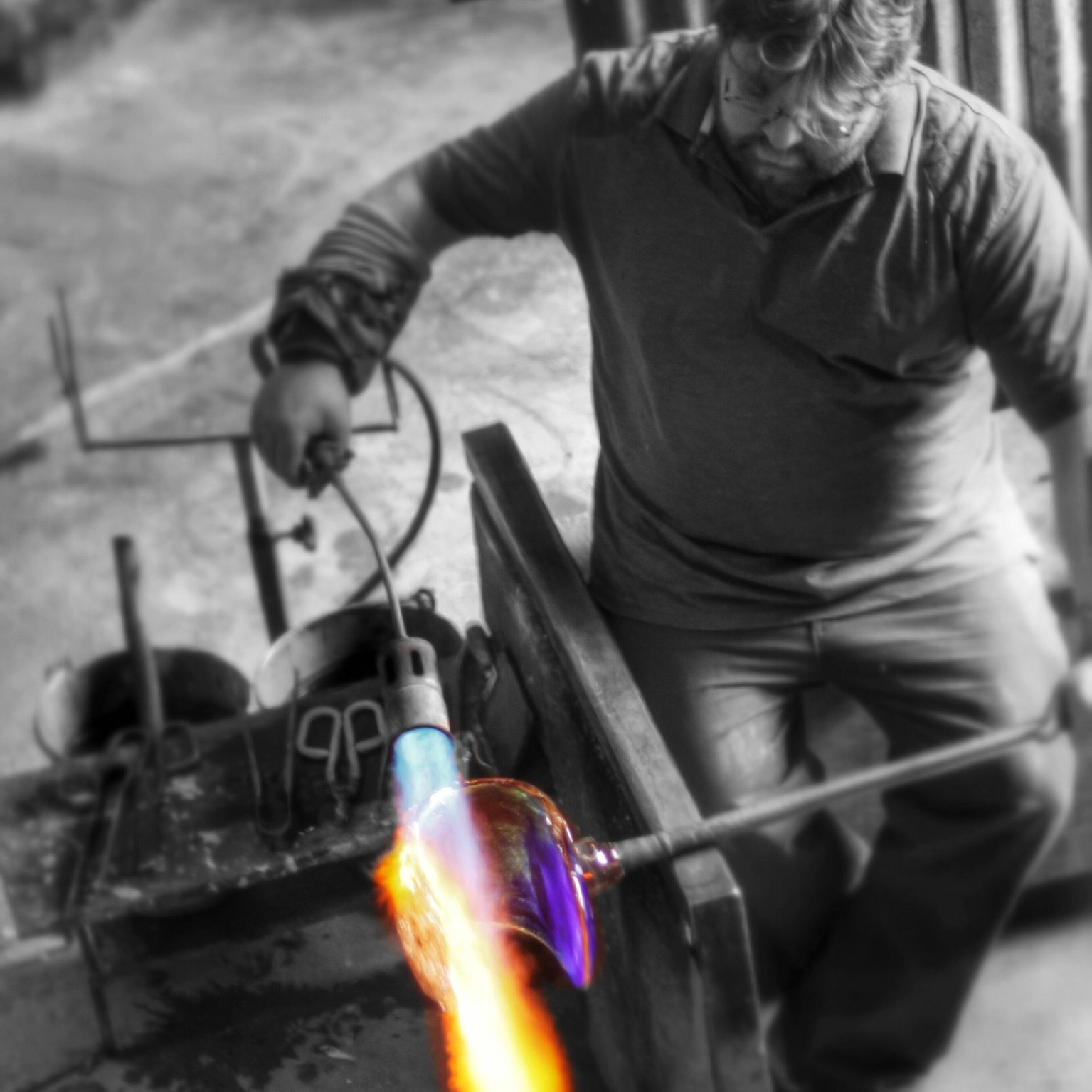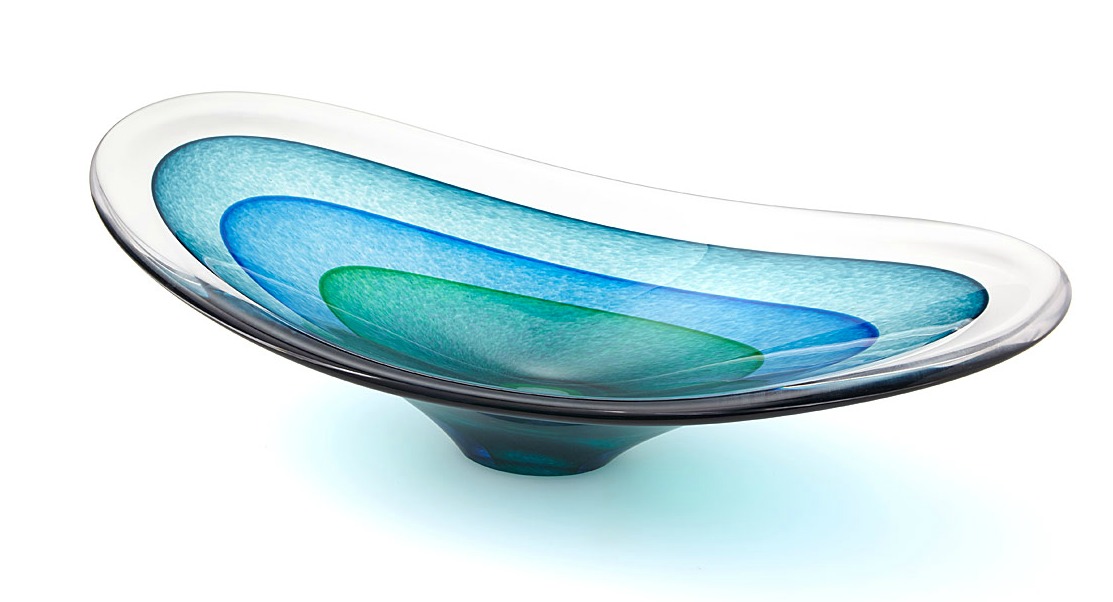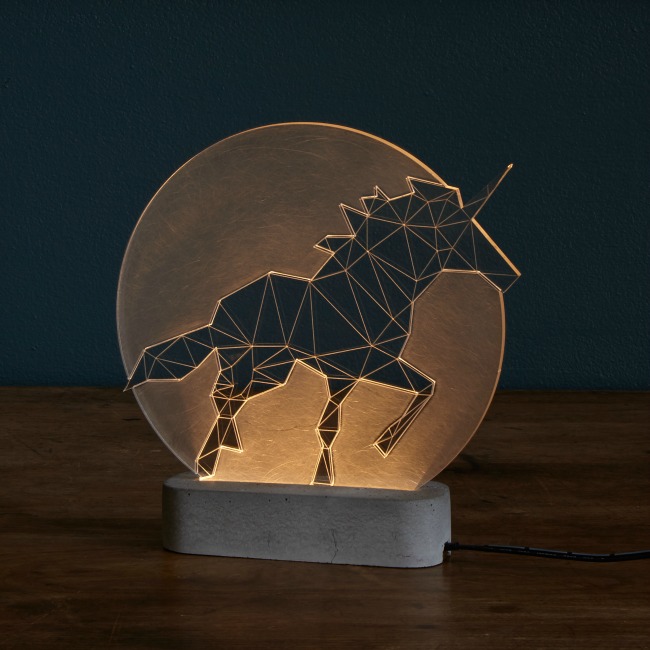 Before you snatch a swan from London’s River Thames to keep as your pet, consider something first. Besides getting the graceful feathered animal through customs, you’d also be stealing from her royal highness, Queen Elizabeth II. By prerogative power, the “Seignor of Swans” (aka the Queen) owns every swan in open waters within England and Wales. It’s a peculiar statute that dates back to medieval times, when the birds were considered a delicacy and served on dinner tables of the super wealthy. They don’t eat them anymore, but being the animal lover she is, the Queen just can’t let them go. She even participates in a royal “Swan Upping.” Every third week in July, Elizabeth—or rather her team of “upping” experts—gathers all unmarked swans, tags them, and sets them free. Is your dream crushed? Don’t let this stop you! Should you become close friends with the sovereign, she might grant you ownership of your own royal swan. It may be worth sticking your neck out.
Before you snatch a swan from London’s River Thames to keep as your pet, consider something first. Besides getting the graceful feathered animal through customs, you’d also be stealing from her royal highness, Queen Elizabeth II. By prerogative power, the “Seignor of Swans” (aka the Queen) owns every swan in open waters within England and Wales. It’s a peculiar statute that dates back to medieval times, when the birds were considered a delicacy and served on dinner tables of the super wealthy. They don’t eat them anymore, but being the animal lover she is, the Queen just can’t let them go. She even participates in a royal “Swan Upping.” Every third week in July, Elizabeth—or rather her team of “upping” experts—gathers all unmarked swans, tags them, and sets them free. Is your dream crushed? Don’t let this stop you! Should you become close friends with the sovereign, she might grant you ownership of your own royal swan. It may be worth sticking your neck out.
Swan Slippers | $34



